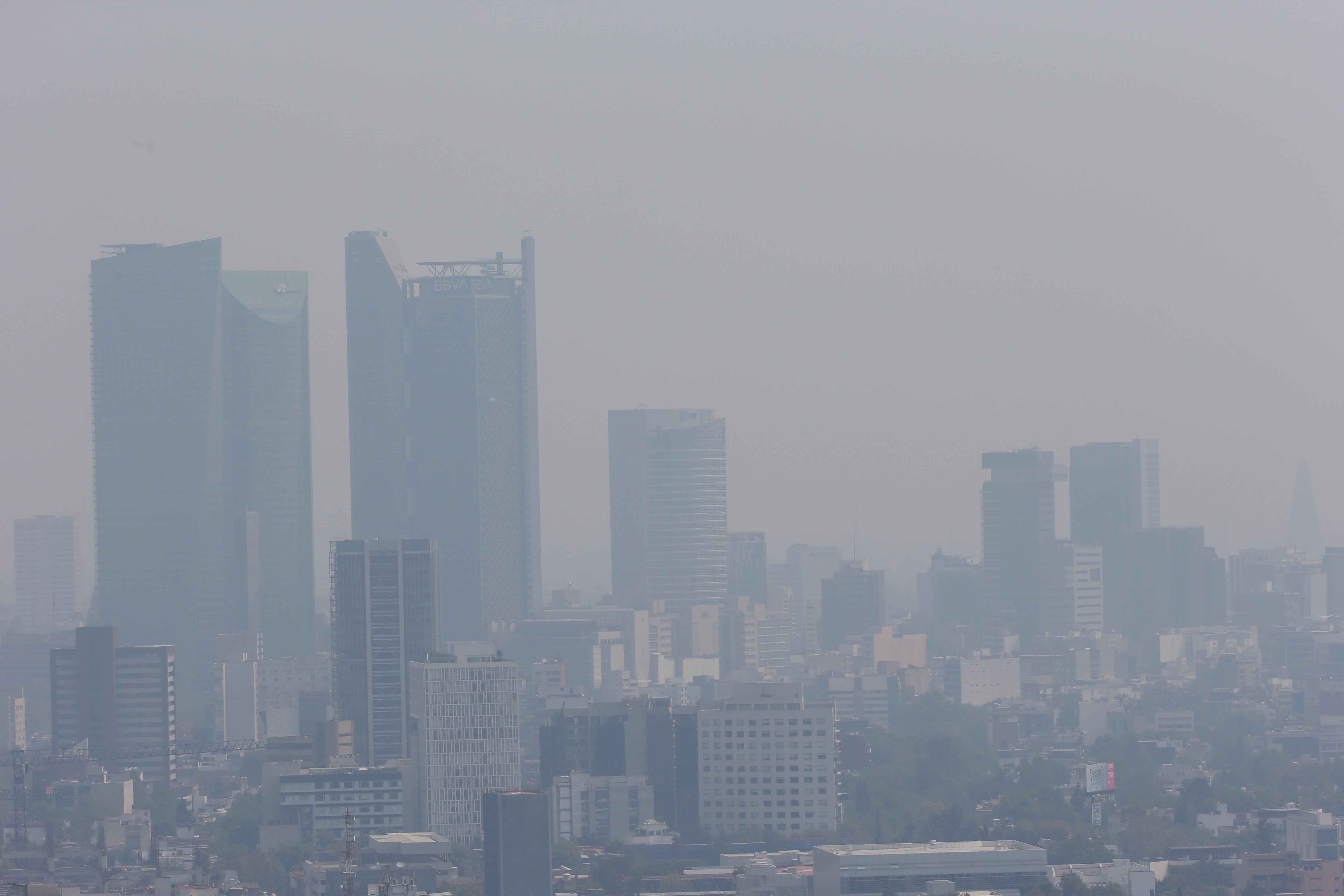UN: Brief gains in air quality in 2020 over COVID lockdowns
The U.N. weather agency says the world and especially urban areas experienced a brief and sharp drop in emissions of air pollutants last year

Your support helps us to tell the story
From reproductive rights to climate change to Big Tech, The Independent is on the ground when the story is developing. Whether it's investigating the financials of Elon Musk's pro-Trump PAC or producing our latest documentary, 'The A Word', which shines a light on the American women fighting for reproductive rights, we know how important it is to parse out the facts from the messaging.
At such a critical moment in US history, we need reporters on the ground. Your donation allows us to keep sending journalists to speak to both sides of the story.
The Independent is trusted by Americans across the entire political spectrum. And unlike many other quality news outlets, we choose not to lock Americans out of our reporting and analysis with paywalls. We believe quality journalism should be available to everyone, paid for by those who can afford it.
Your support makes all the difference.The U.N. weather agency says the world — and especially urban areas — experienced a brief, sharp drop in emissions of air pollutants last year amid lockdown measures and related travel restrictions put in place over the coronavirus pandemic.
The World Meteorological Organization releasing its first ever Air Quality and Climate Bulletin on Friday, cautioned that the reductions in pollution were patchy — and many parts of the world showed levels that outpaced air quality guidelines. Some types of pollutants continued to emerge at regular or even higher levels.
“COVID-19 proved to be an unplanned air-quality experiment, and it did lead to temporary localized improvements,” said Petteri Taalas, the WMO secretary-general. “But a pandemic is not a substitute for sustained and systematic action to tackle major drivers of both population and climate change and so safeguard the health of both people and planet.”
The WMO study analyzed changes in air quality around the main pollutants, including sulfur dioxide, nitrogen oxides, carbon monoxide and ozone. The Geneva-based agency noted an “unprecedented decrease” in pollutant emissions as many governments restricted gatherings, closed schools, and imposed lockdowns.
Oksana Tarasova, head of WMO’s atmospheric environment research division, said the impact of such measures on major pollutants was short-lived. When measures to reduce mobility mean “there are no cars on the street, you see the improvement in air quality immediately. And of course, as soon as the cars go back on the street, you get the worsening back.”
That compared to “long-lead greenhouse gases” behind global warming like carbon dioxide, whose atmospheric levels can take many years to change.
WMO cited declines of up to nearly 70% in average nitrous oxide levels and up to 40% drops — recorded in southeast Asia — of average levels of tiny particulate matter in the air during full lockdown measures last year, compared to the same periods from 2015 to 2019.
But ozone levels, for example, stayed at similar levels or even rose in some places. Carbon monoxide levels fell in all regions, especially South America
One conundrum for policy makers is that some pollutants like sulfur dioxide in the air actually help to cool the atmosphere, partially offsetting the impacts of climate change.
Tarasova said air quality was “very complex” and noted that events like wildfires in Australia, smoke from biomass burning in Siberia and the United States, and the “Godzilla effect” — in which sand and dust drift from the Sahara Desert across the Atlantic to North America — also had effects on air quality last year.